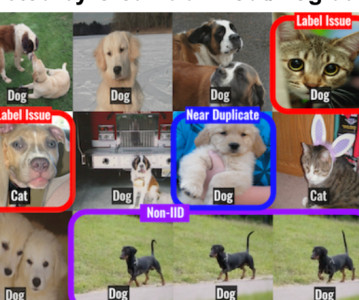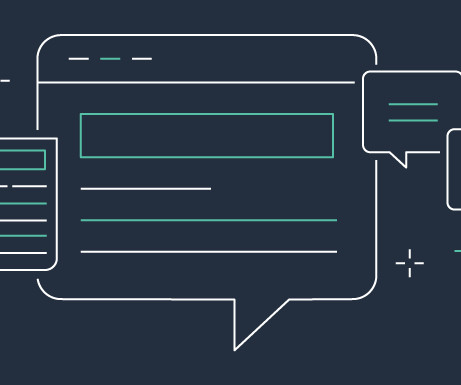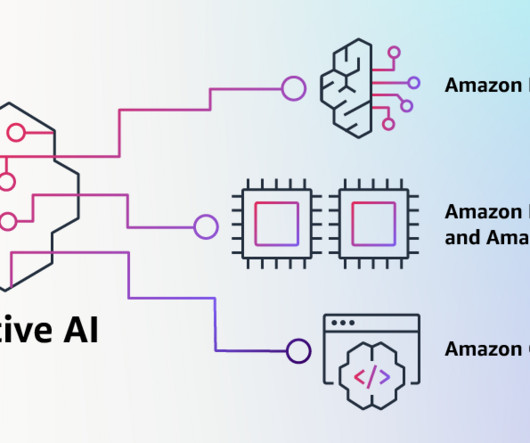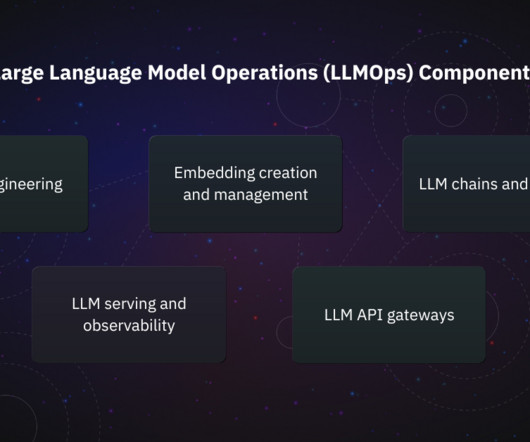How to Practice Data-Centric AI and Have AI Improve its Own Dataset
ODSC - Open Data Science
OCTOBER 11, 2023
Rather than solely focusing on model architecture, hyperparameters, and training tricks as the sole drivers of model improvement, data-centric AI utilizes the model itself to systematically improve the dataset (such that a better version of the model can be produced even without any change in the modeling code).












Let's personalize your content